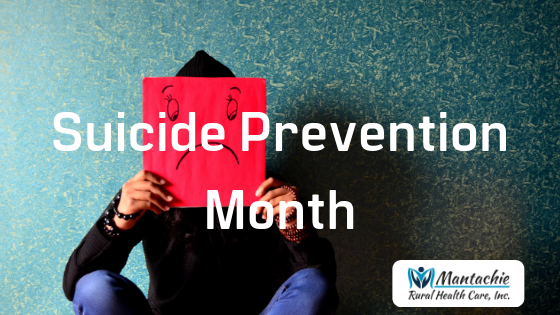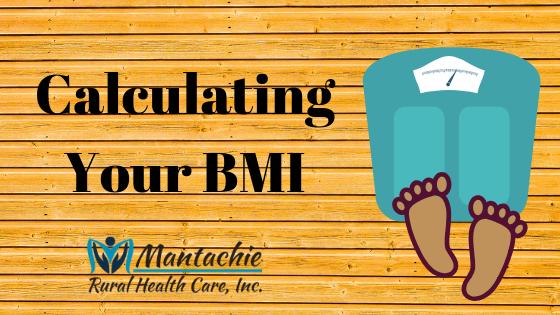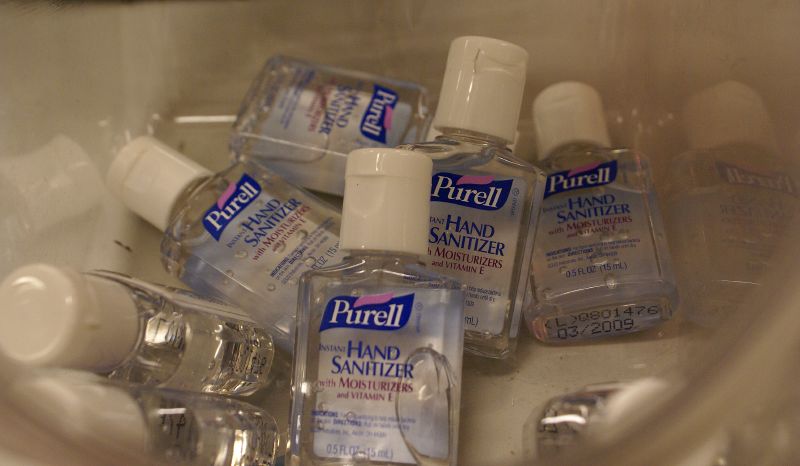Amanda Martin, FNP; Donna Cannon, FNP; and Crystal Nichols, FNP
The second week in November we celebrate our clinic’s Nurse Practitioners. And we’re pretty lucky to have some of the best.
These mid-level providers have become our go-to providers over the last twenty years, but the profession started in 1965. It began in response to a dearth in primary care providers. In 1989 Congress provided limited reimbursement for these nurses and the profession experienced tremendous growth in the 1990s. By 2000 Nurse Practitioners were able to practice in all 50 states.
Our NPs provide excellent primary care services for our patients, and we are fortunate to have highly trained providers in our facility.










